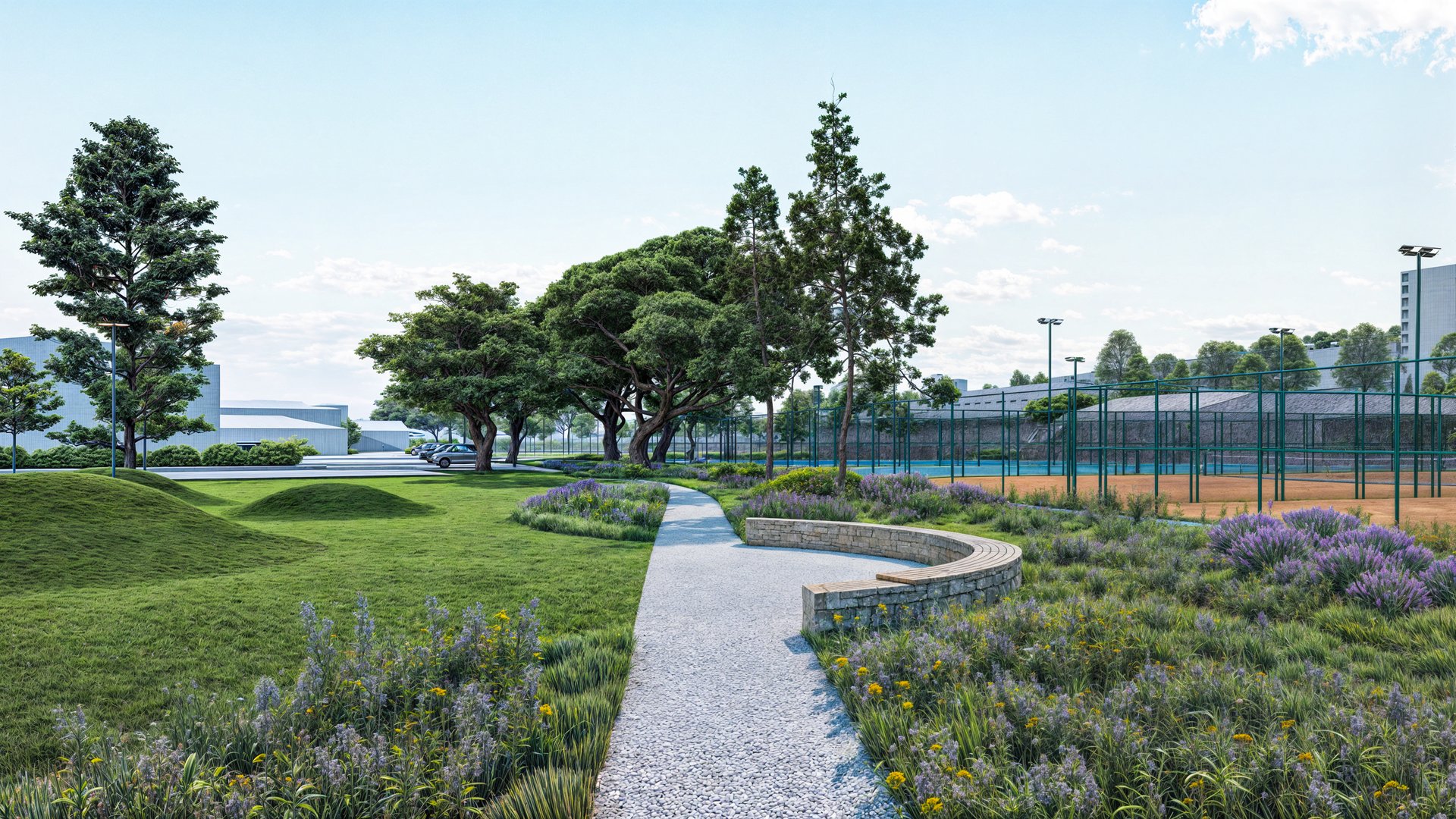
During the period of post-war reconstruction, one of the main ideological and social transformations took place in rural areas. The main agents of reconstruction were the Cooperative/Cultural Centers,"national in form, socialist in content", which acted as cultural, educational and work centers.
Breathing new life into villages by reimagining the old cooperative homes.
Park
More than 3,000 Corporative Centers were built across Yugoslavia in the 1950s, making it the largest construction effort of its kind and marked a pivotal moment in the transformation of Yugoslavian villages In Macedonia, we have mapped over 100 identical buildings, most in a state of decay, mirroring the current condition of the villages.
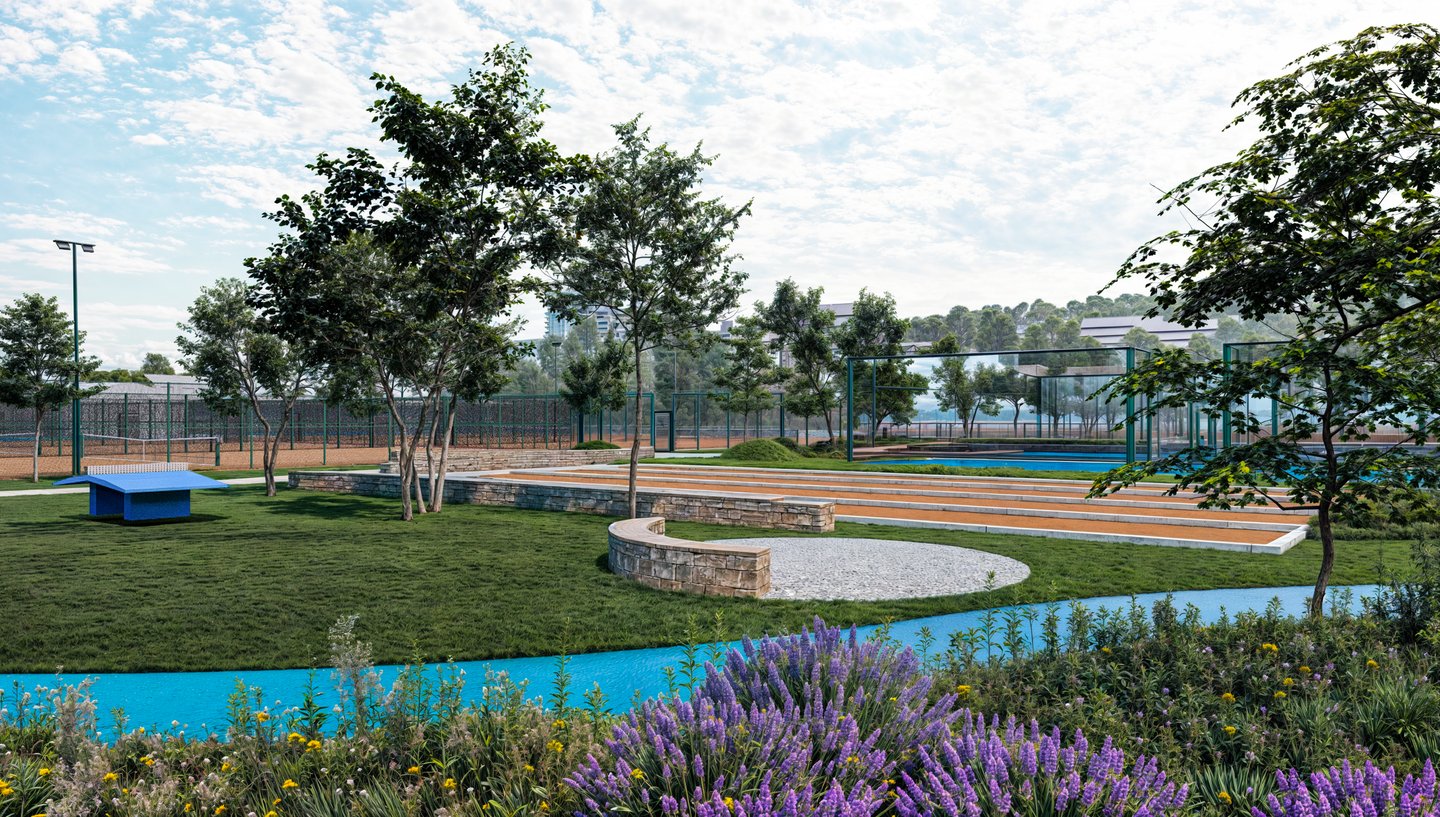

The goal of this research is multidisciplinary, on a documentary level to preserve this phenomenon of cooperative homes, on a design level to provide an opportunity for their contemporary adaptable transformation, and on a methodological level to offer ways to read the programmatic and physical structure of rural contexts.
The goal of this research is multidisciplinary, on a documentary level to preserve this phenomenon of cooperative homes, on a design level to provide an opportunity for their contemporary adaptable transformation, and on a methodological level to offer ways to read the programmatic and physical structure of rural contexts.
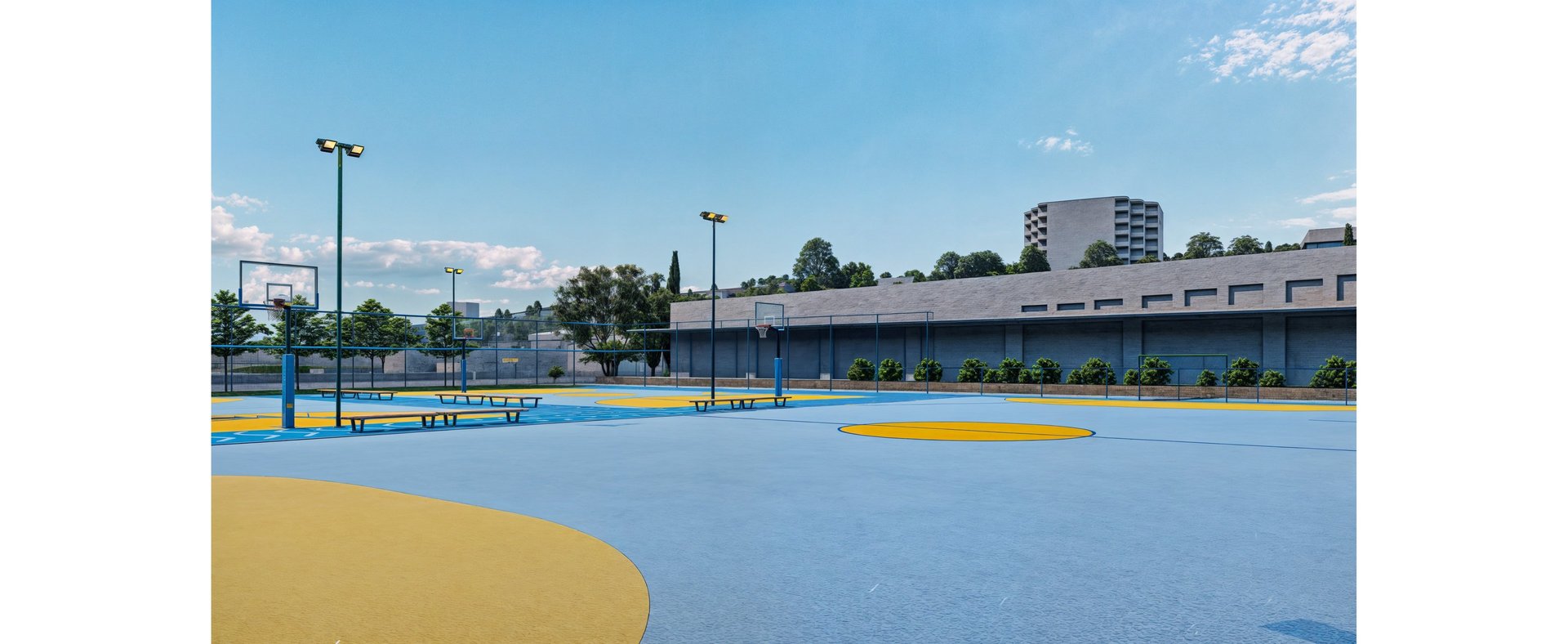
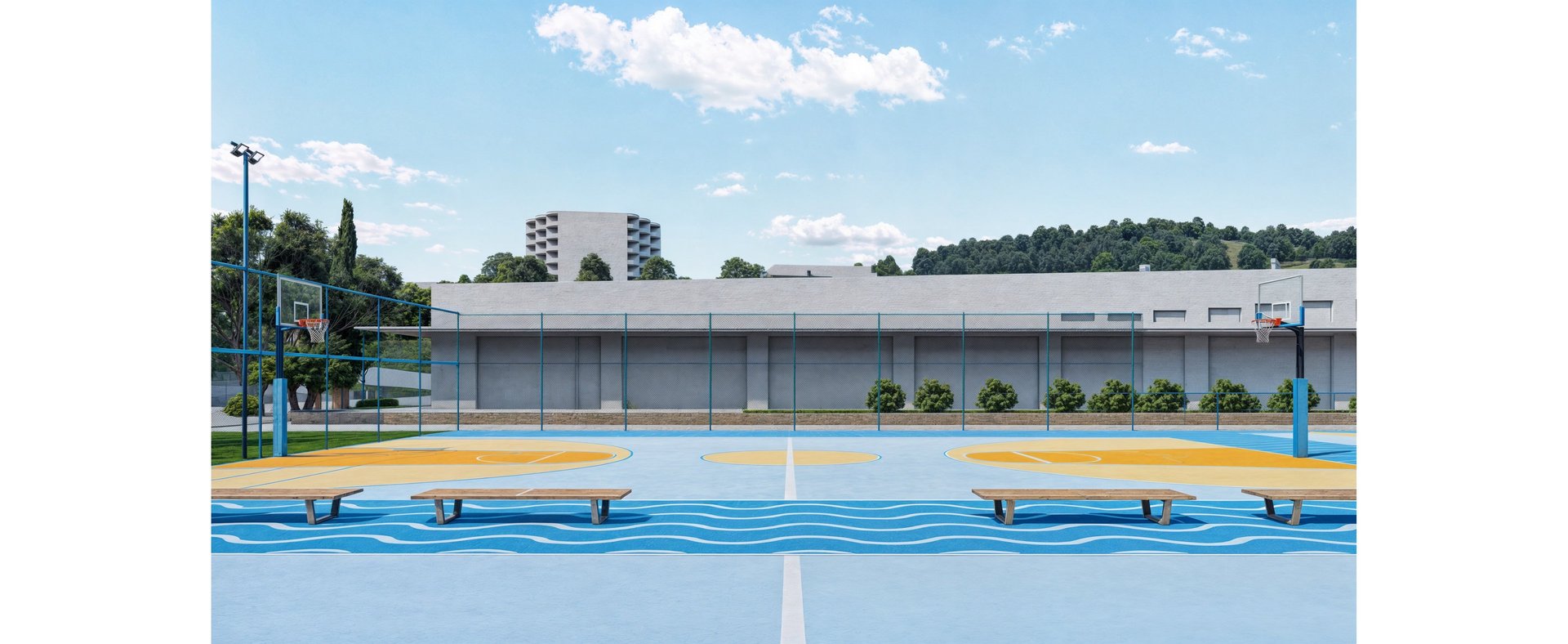
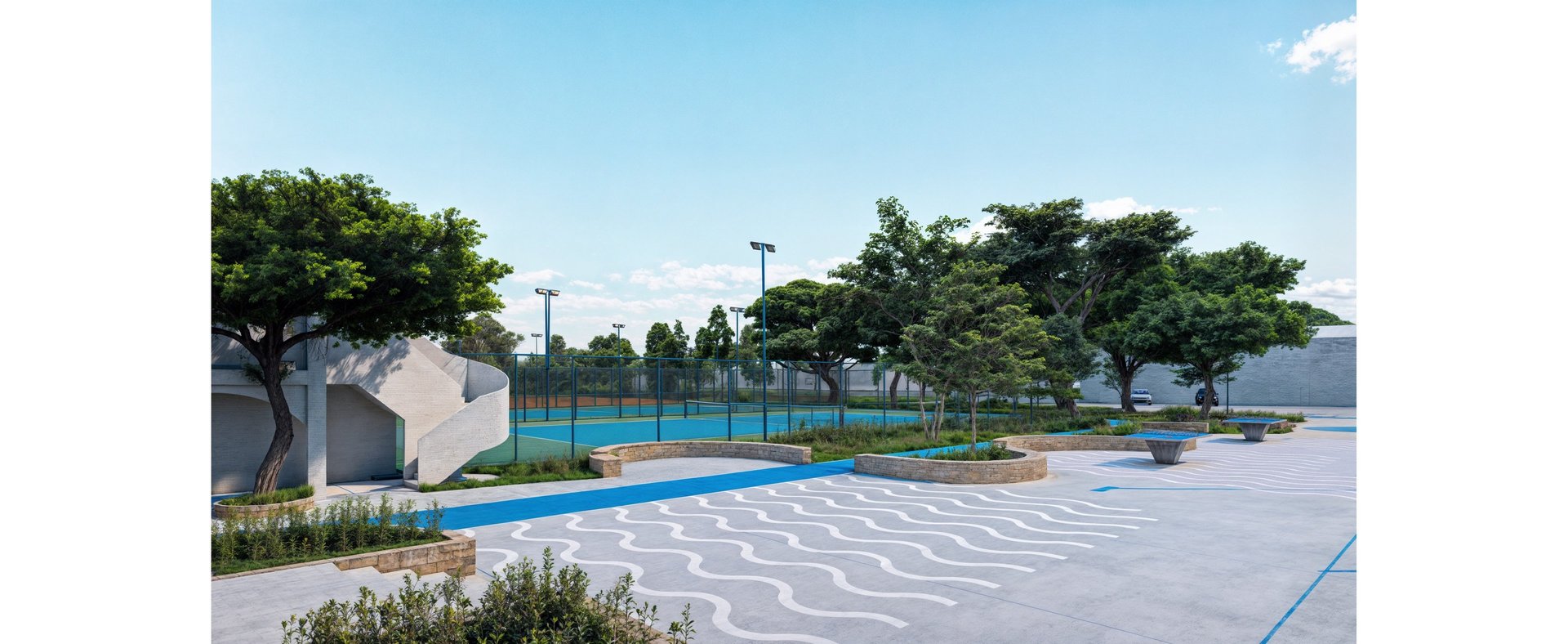
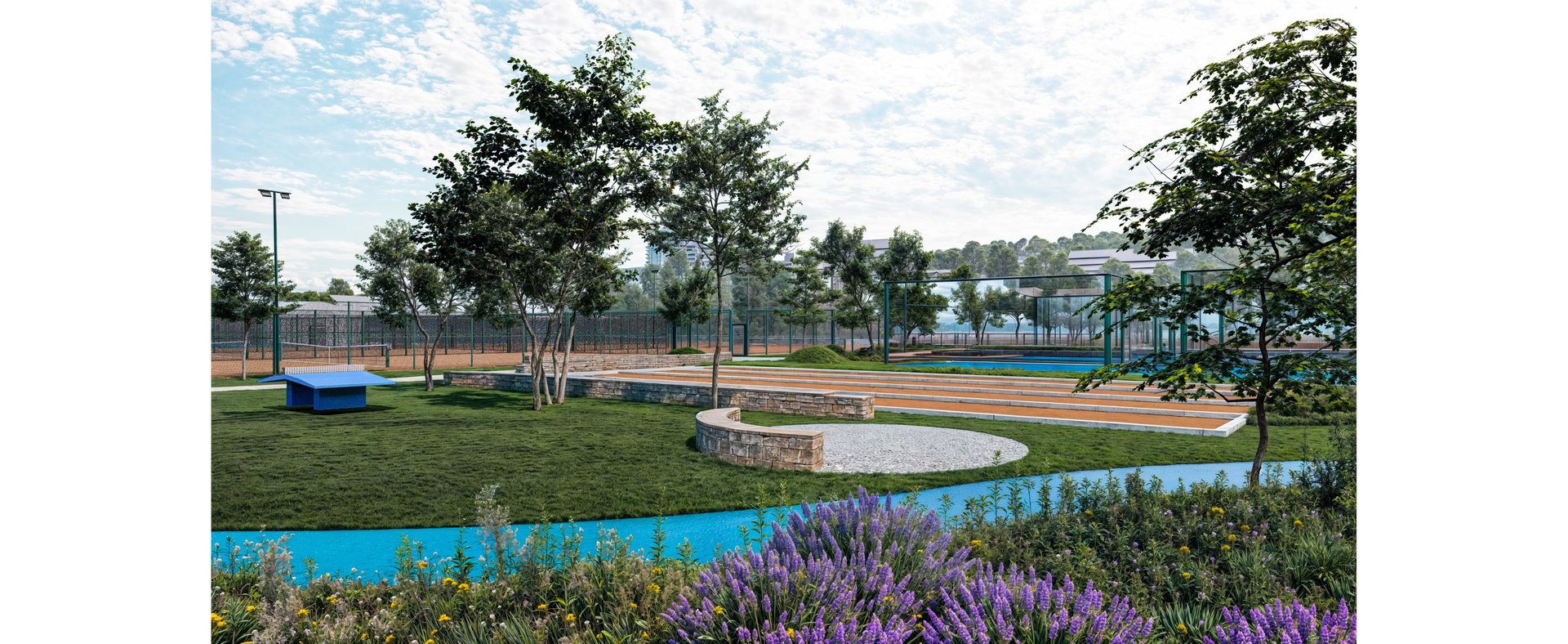
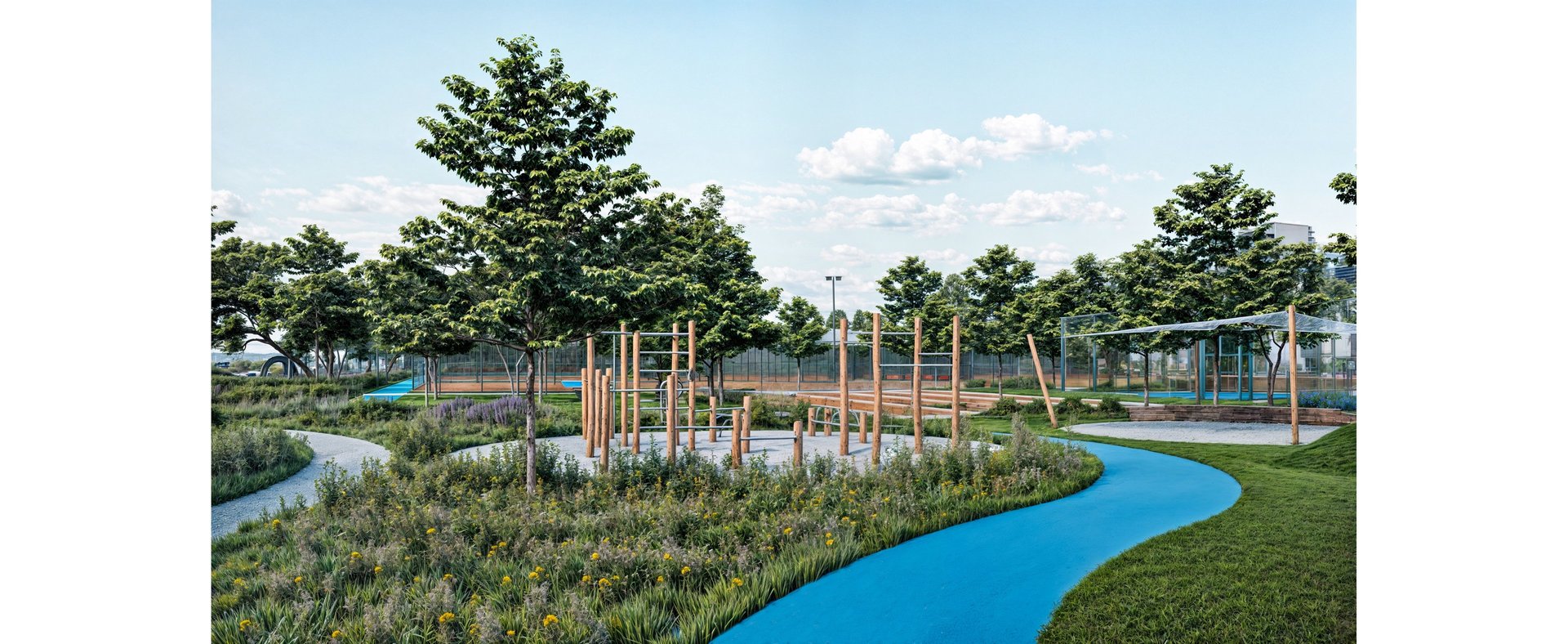
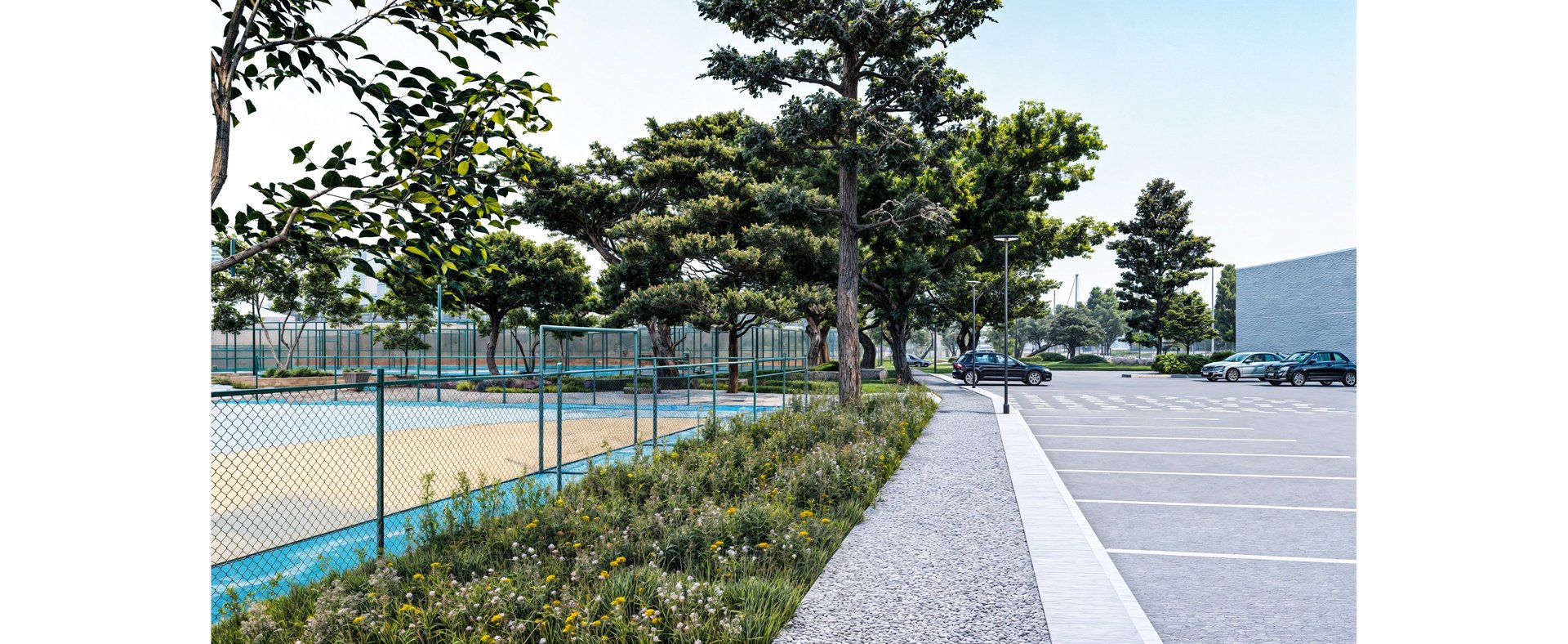
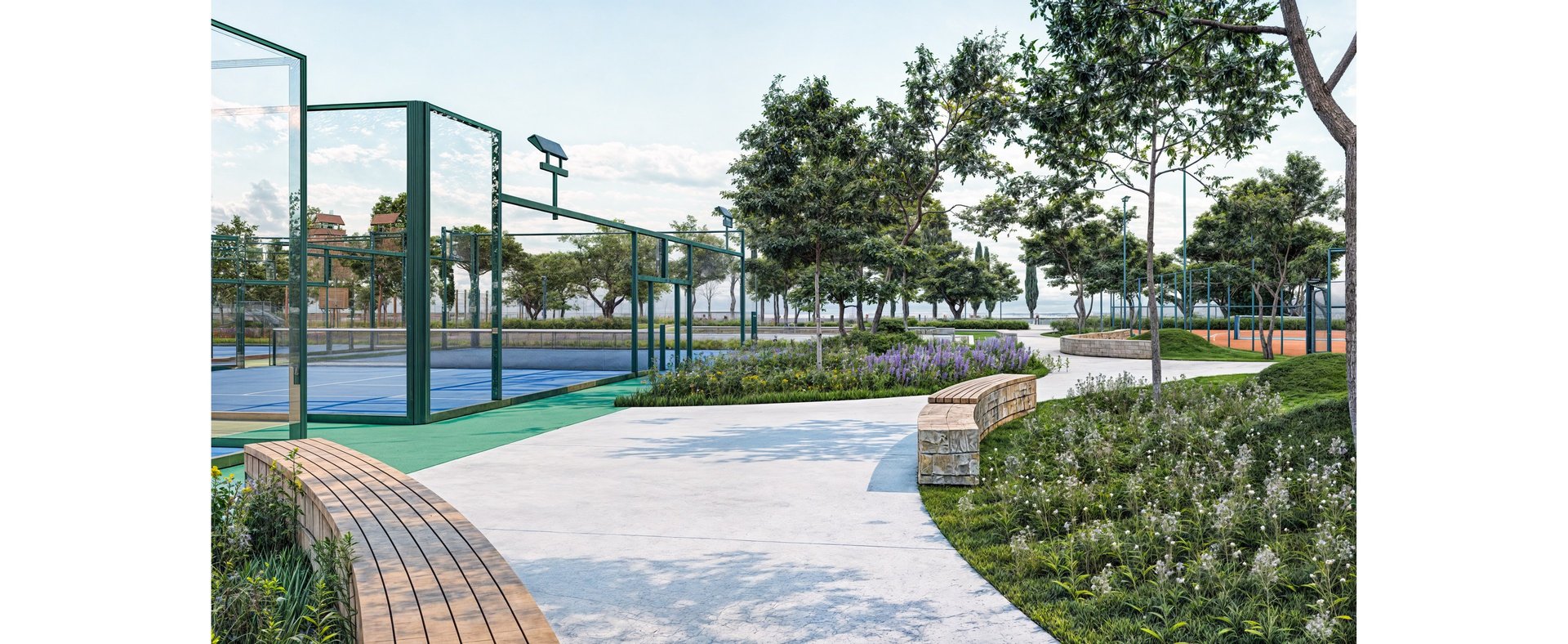

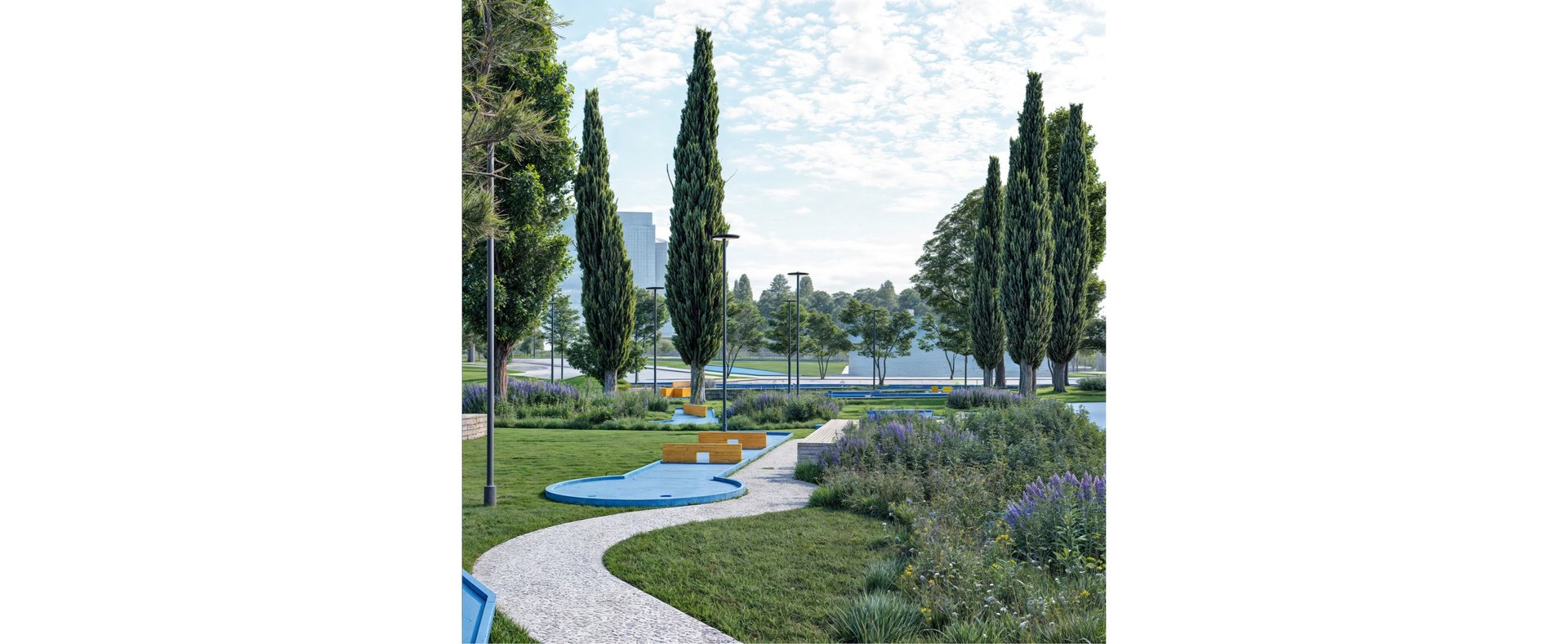
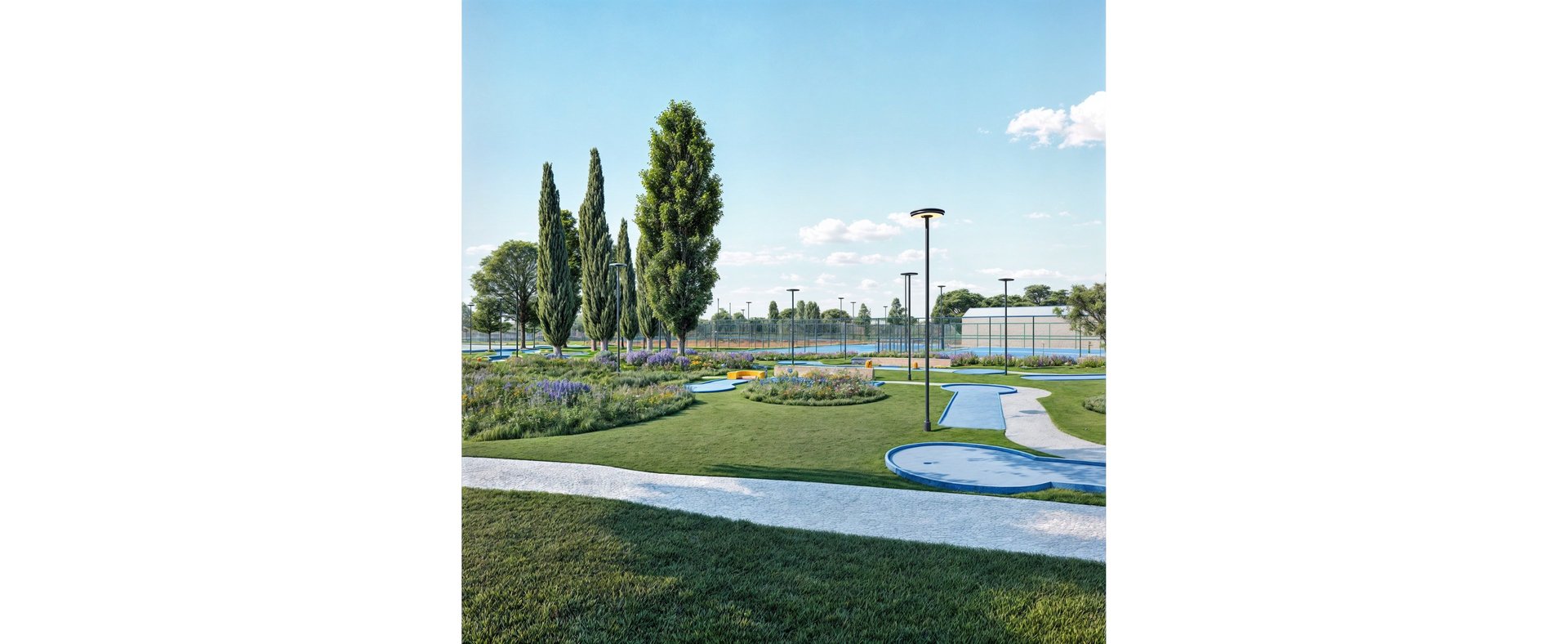
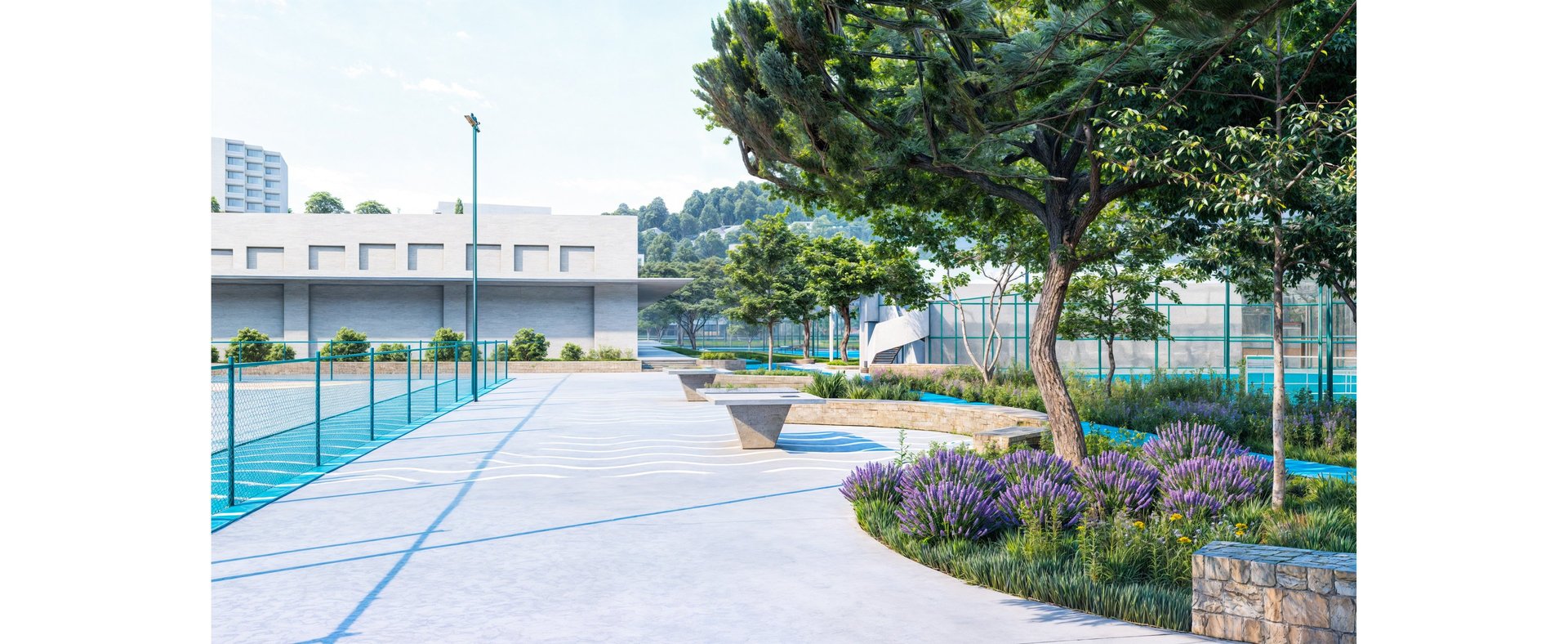
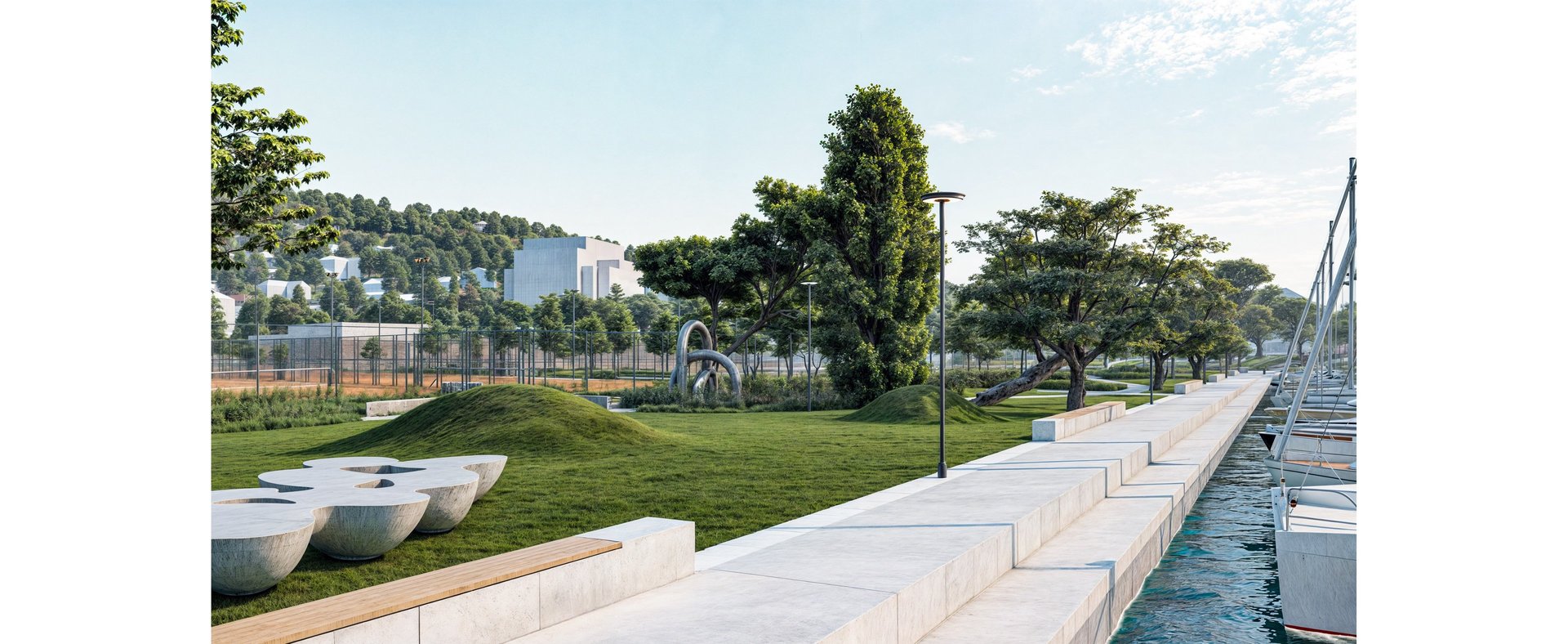
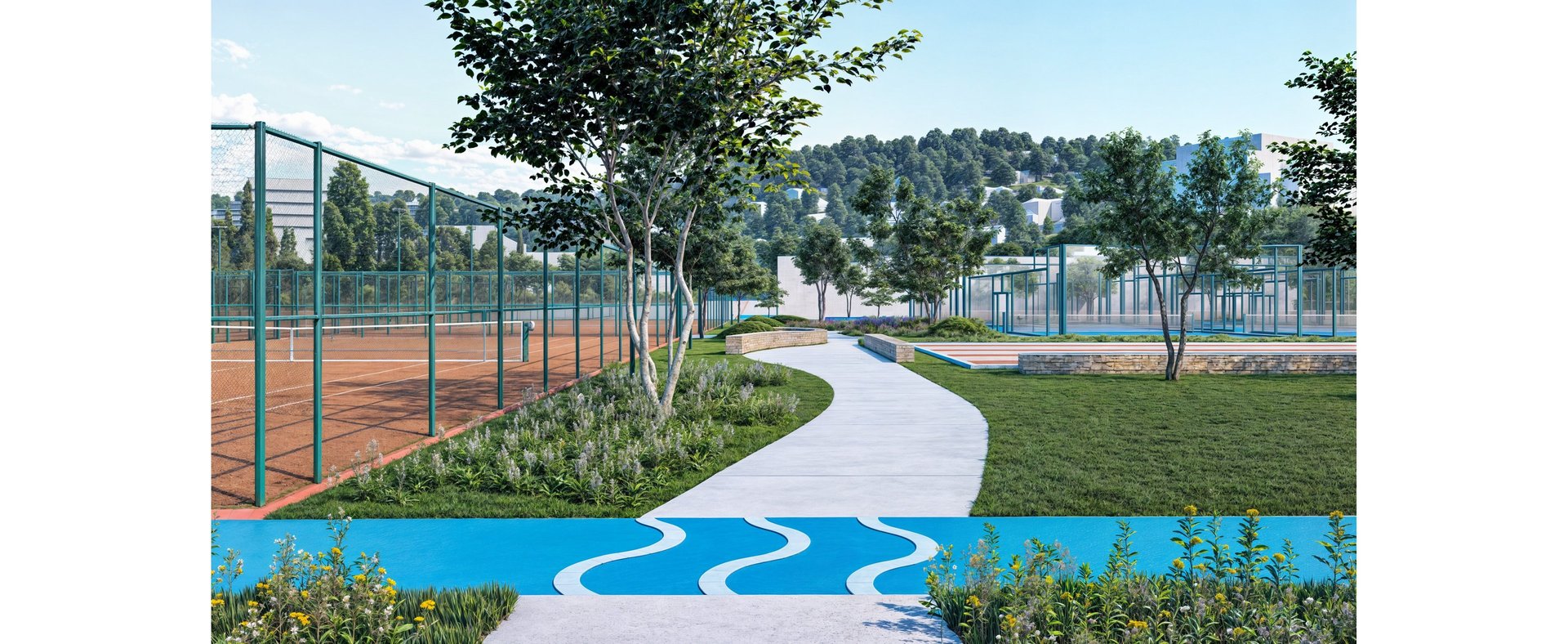
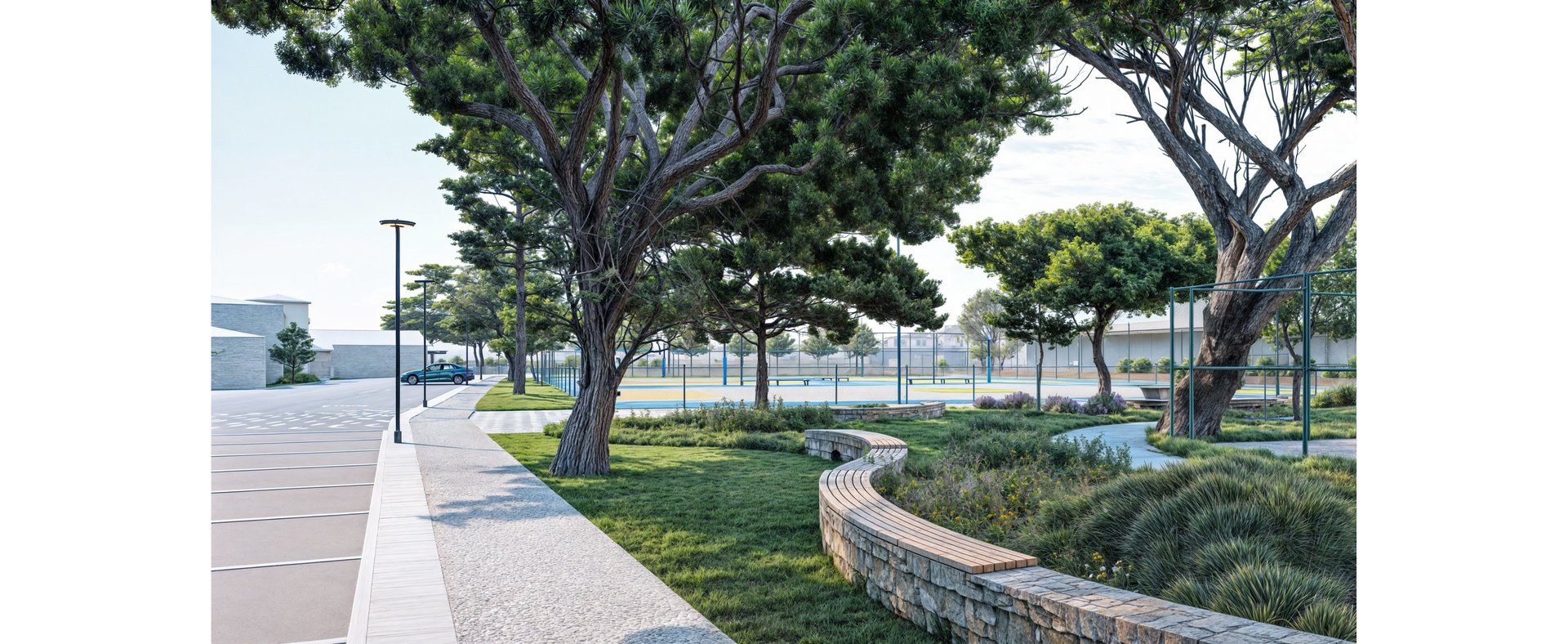
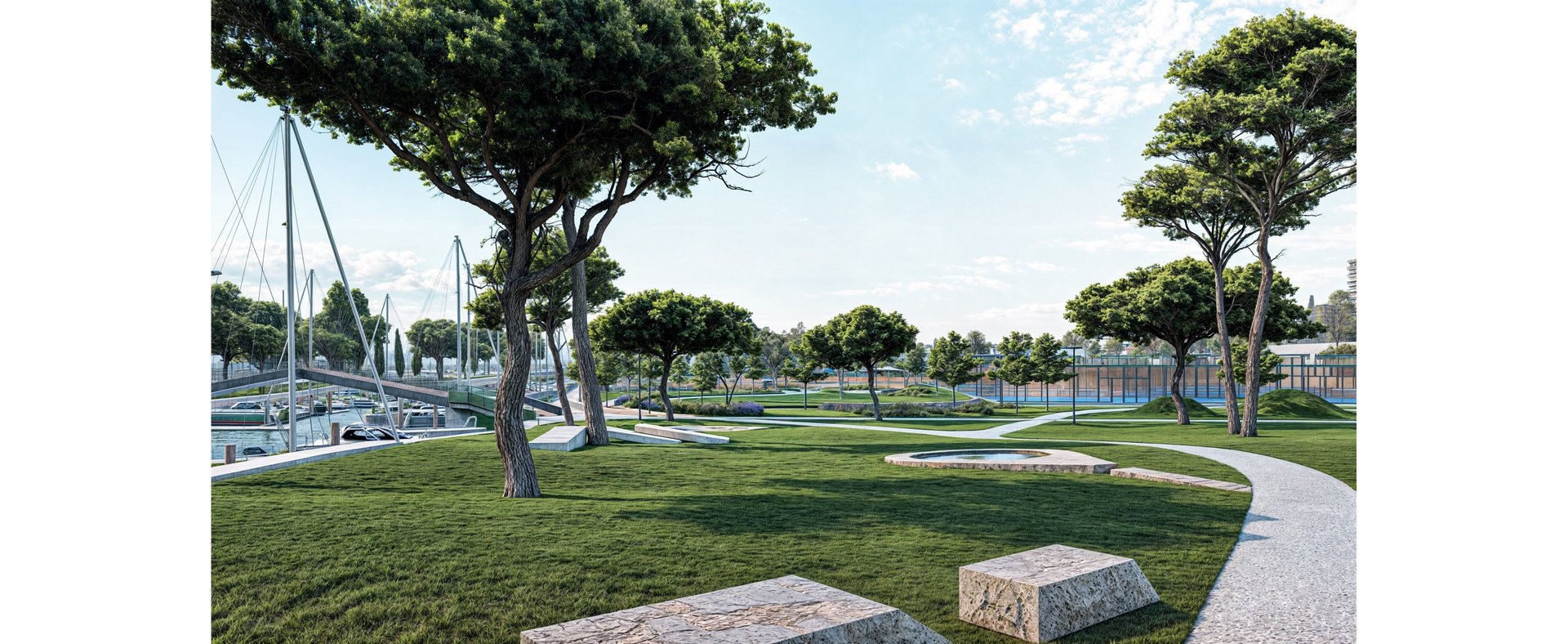
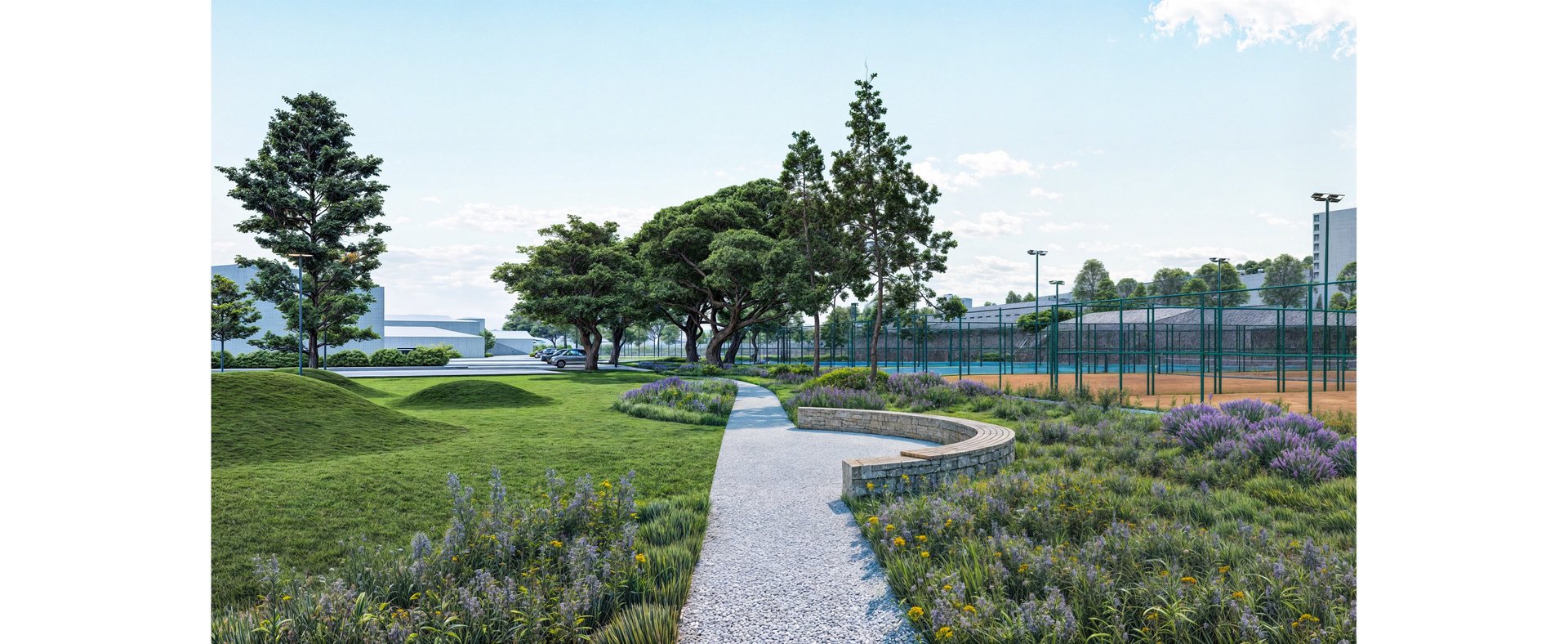
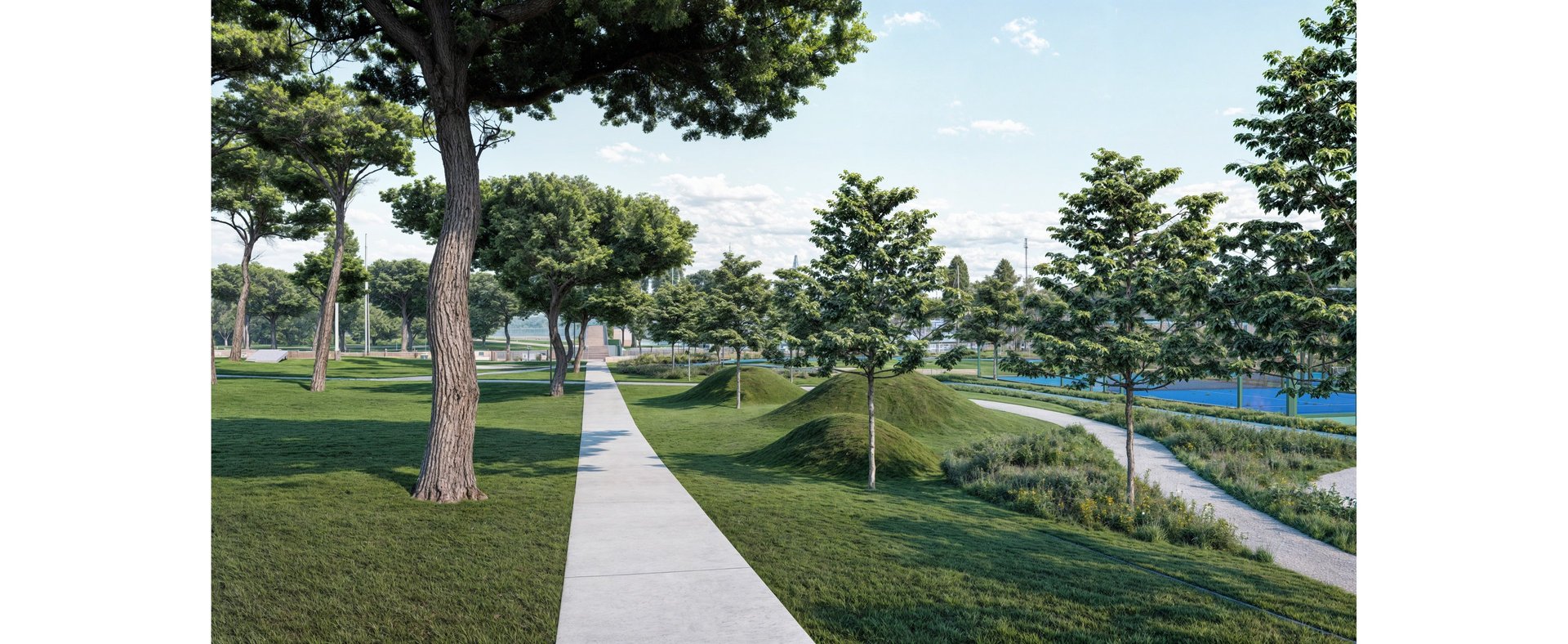
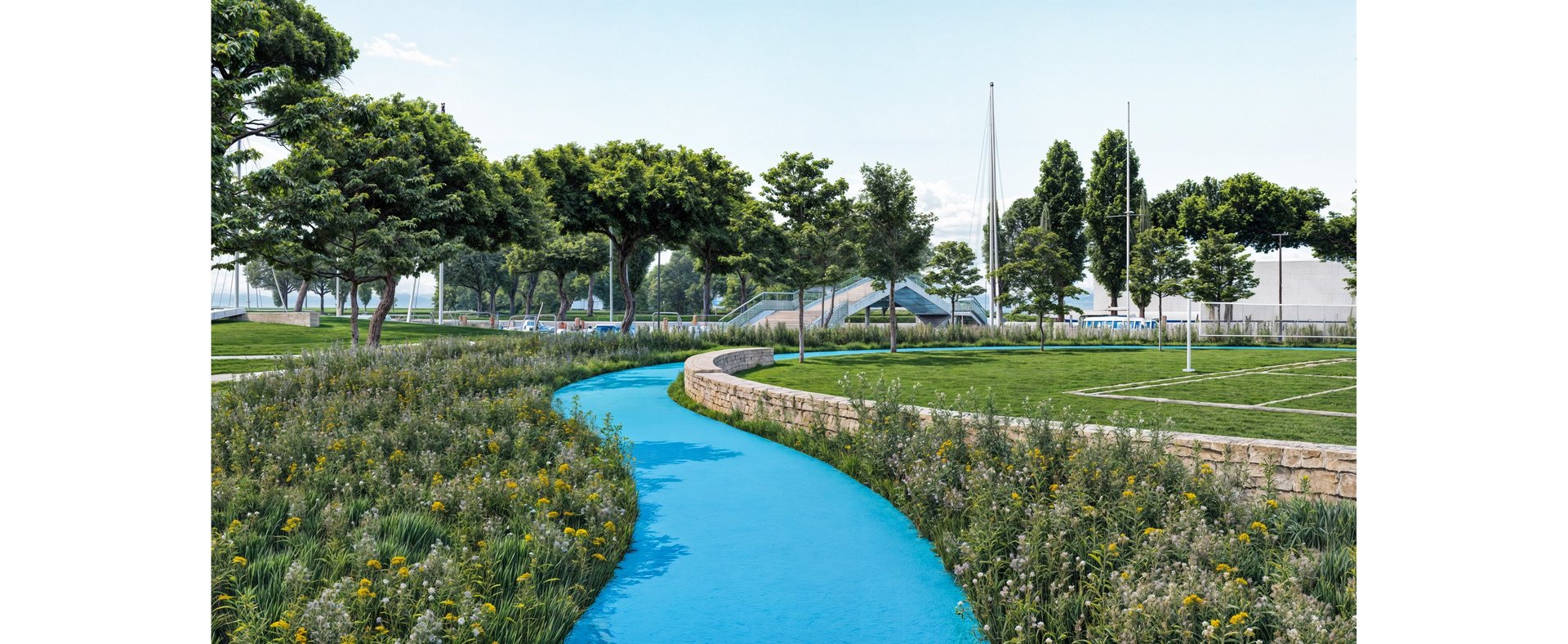
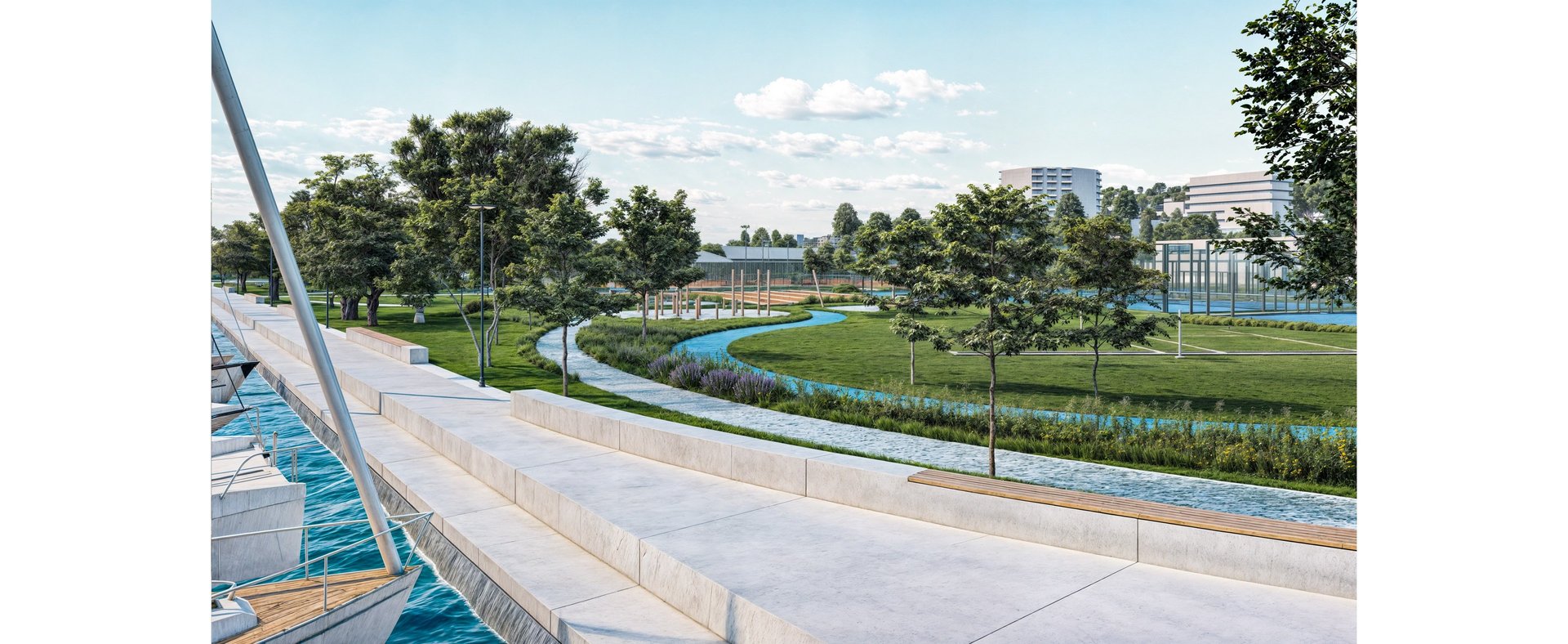
Get in Touch
I would love to hear from you! Feel free to reach out for collaborations, inquiries, or just to chat about architecture and design.
Connect
Reach
filip.spaseski28362@gmail.com